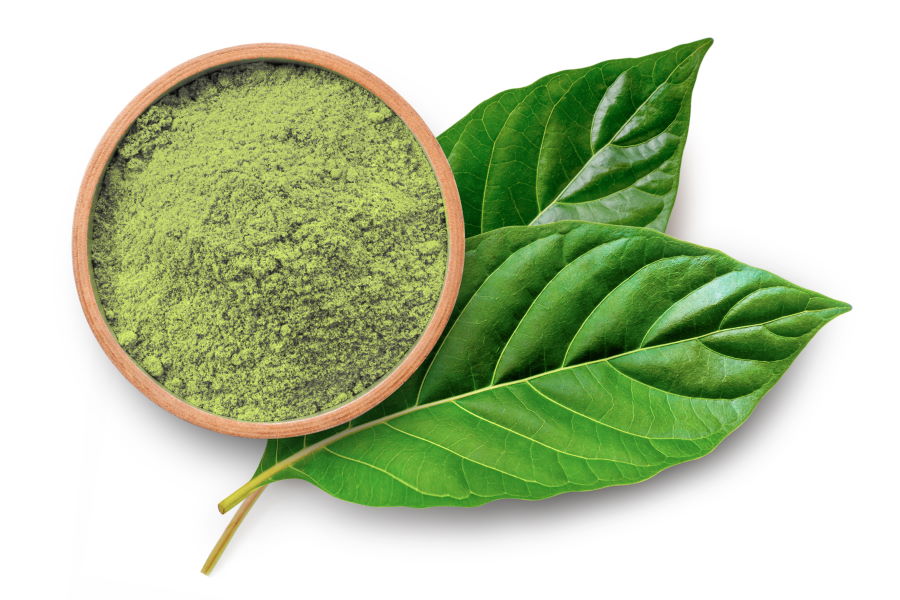Kratom powder, derived from the leaves of the Mitragyna speciosa tree native to Southeast Asia, has gained attention for its complex interactions with the body’s receptors. This interaction is pivotal to understanding both its effects and its potential risks. At the heart of kratom’s pharmacological action are its active compounds, mitragynine and 7-hydroxymitragynine. These alkaloids primarily influence the opioid receptors in the brain, which are also the targets of traditional opioid medications. However, unlike pure opioids, kratom’s action is multifaceted. Mitragynine, the most abundant alkaloid, has been found to act as a partial agonist at the mu-opioid receptors, similar to how some opioids like morphine work, but with less intensity. This partial agonism means that mitragynine can produce opioid-like effects such as pain relief and euphoria, but with a potentially lower risk of dependency and respiratory depression. Additionally, mitragynine exhibits activity at the delta-opioid receptors, which may contribute to its mood-enhancing and analgesic effects.

Meanwhile, 7-hydroxymitragynine, although present in smaller amounts, is significantly potent and primarily acts as a full agonist at the mu-opioid receptors. This makes it a key player in kratom’s overall effects, particularly in its sedative and pain-relieving properties. However, 7-hydroxymitragynine’s potency also raises concerns about its potential for misuse and adverse effects. Apart from its opioid receptor interactions, premium white thai kratom also affects other neurotransmitter systems. Mitragynine has been shown to influence adrenergic receptors, which are involved in the body’s stress response and can affect blood pressure and heart rate. This interaction might explain some of the stimulant-like effects reported by users at lower doses, including increased energy and alertness. Furthermore, kratom’s impact on serotonin receptors could contribute to its mood-altering effects, although the precise nature of this interaction requires further research. The balance between stimulant and sedative effects in kratom is dose-dependent.
At lower doses, kratom tends to have stimulating effects, possibly due to its action on adrenergic receptors and lower levels of opioid receptor activation. At higher doses, the sedative and analgesic effects become more pronounced, as the opioid receptor activation becomes more significant. This dose-dependent nature adds to the complexity of kratom’s pharmacological profile and underscores the need for careful use and further research to understand its safety and efficacy fully. The interaction of kratom with the body’s receptors highlights its potential as a therapeutic agent but also poses risks. Its partial agonism at opioid receptors can provide pain relief without some of the severe side effects of full opioid agonists, yet the full agonism of 7-hydroxymitragynine and its stimulant properties necessitate caution. Moreover, the variability in individual responses and the potential for dependence or adverse effects further complicate its use. As scientific understanding of kratom’s effects continues to evolve, it remains crucial for users and healthcare professionals to approach it with an informed perspective, balancing its potential benefits against its risks.